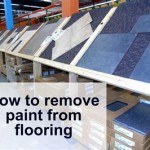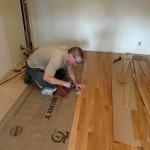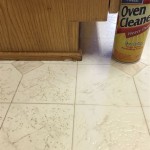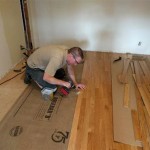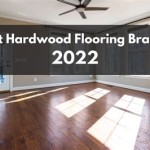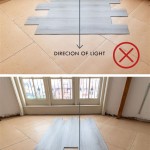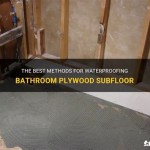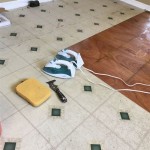What Is The Best Flooring For Wet Areas?
Wet areas in a home, such as bathrooms, kitchens, and laundry rooms, present unique challenges for flooring. These spaces are prone to spills, splashes, and even occasional floods, making it crucial to choose a flooring material that can withstand moisture and resist damage. Understanding the various flooring options available and their strengths and weaknesses is essential for making an informed decision that suits both your aesthetic preferences and practical needs.
Durability and Water Resistance
The primary consideration for flooring in wet areas is its ability to withstand moisture without warping, rotting, or harboring mold. Some materials are naturally resistant to water, while others require proper sealing or treatment to achieve adequate protection.
Tile, particularly ceramic or porcelain tile, is an excellent choice due to its inherent water resistance and durability. It can handle heavy foot traffic, withstand spills and splashes, and is easily cleaned. Natural stone, such as granite or marble, offers similar benefits but can be more porous and require regular sealing.
Engineered hardwood flooring, with its moisture-resistant core, is also suitable for wet areas, provided it is properly sealed and installed. However, solid hardwood flooring is generally not recommended for wet areas due to its susceptibility to moisture damage.
Luxury vinyl plank (LVP) and luxury vinyl tile (LVT) have gained popularity for their water resistance, durability, and realistic wood or tile appearance. These synthetic materials are impervious to water damage and offer a wide range of styles and designs.
Maintenance and Cleaning
Beyond water resistance, the ease of cleaning and maintenance is another crucial factor in wet area flooring. Some materials require more upkeep than others, impacting the overall effort and cost associated with maintaining the flooring.
Tile and natural stone generally require regular cleaning with a damp mop to remove dirt, grime, and spills. However, they are relatively low-maintenance options, especially when compared to wood flooring.
Engineered hardwood, while water-resistant, still requires regular cleaning and sealing to protect its finish and prevent moisture damage.
LVP and LVT flooring are known for their low-maintenance nature. They are typically easy to clean with a damp mop and are resistant to scratches and stains, making them a practical choice for busy households.
Cost and Aesthetics
The final considerations for wet area flooring include cost and aesthetics. Flooring materials vary significantly in price, and each option comes with unique visual characteristics.
Tile and natural stone can range in price depending on the type and quality. While both offer a classic and elegant look, they can be more expensive than other options.
Engineered hardwood flooring can be more affordable than solid hardwood, but it still requires regular sealing and maintenance. LVP and LVT flooring offer a more budget-friendly alternative, with a wide range of styles and designs to mimic wood, stone, or tile.
Ultimately, the best flooring for wet areas depends on individual needs, preferences, and budget. By considering factors such as durability, water resistance, maintenance, cost, and aesthetics, homeowners can make an informed decision that suits their specific requirements.

Types Of Floors For Wet Rooms The Complete Guide L Antic Colonial

What Is The Best Flooring For Wet Rooms Kennington

Selecting The Best Flooring For Kitchens Laundries Wet Areas Mr Timber

7 Best Wet Area Flooring Options For Your Home

6 Best Flooring For Wet Areas And 2 Worst To Avoid Cozy Home Hunter

6 Best Flooring For Wet Areas And 2 Worst To Avoid Cozy Home Hunter

Selecting The Best Flooring For Kitchens Laundries Wet Areas Mr Timber
Best Worst Flooring Choices For Damp And Wet Areas

Best And Worst Flooring Choices For Wet Areas Refloor

Types Of Floors For Wet Rooms The Complete Guide L Antic Colonial
See Also
